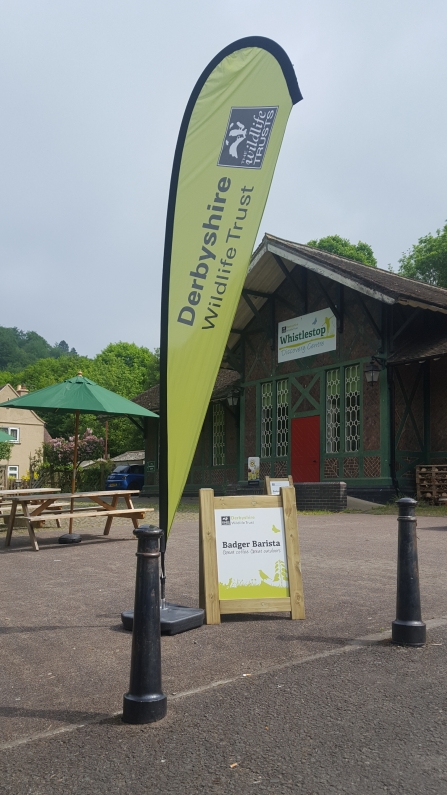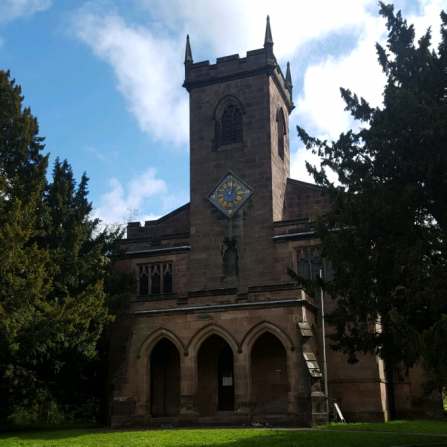River through time
The mighty River Derwent could be described as the main artery and lifeblood of Derbyshire, flowing as it does for 66 miles through the heart of the county. From the boggy heights of Bleaklow, this “fury of a river”, as Daniel Defoe described it, eventually reaches the Trent at Shardlow, on the border with Leicestershire.
But the six-mile stretch between Matlock and Whatstandwell is arguably the most interesting, for its spectacular rock architecture at places like High Tor and Pic Tor; for its place as the birthplace of the Industrial Revolution; and for the glorious Derbyshire WT Derwentside Nature Reserve on the 18th century Cromford Canal.
Our walk follows the way-marked Derwent Valley Heritage Way, opened in 2003 as a 55-mile walk through the length of the Derwent Valley Mills World Heritage site, designated by UNESCO in 2001.
The walk starts in Hall Leys Park, Matlock, following the river into Old Matlock and past the ivy-encrusted reef limestone outcrop of Pic Tor, which is crowned by a war memorial.
A paved path signposted “To The High Tor Grounds” (a reference to the 19th century pleasure gardens constructed by Frederick Arkwright of Willersley Castle, grandson of Richard Arkwright of Cromford Mills, leads steadily uphill to the airy and exposed summit of High Tor.
The crag of High Tor is the abode of serious climbers, who can sometimes be seen clinging like human spiders to the sheer rockface. The massive shield of reef limestone towers over the River Derwent and the A6, which wind through the narrow gorge a giddying 350 feet below.
Descending through woodland you reach the terminus of the cable cars which ascend to the Heights of Abraham, named after General James Wolfe’s 1759 victory over the French in Quebec. Close by is Derbyshire Wildlife Trust’s Whistlestop Centre, in the cottage orné former Matlock Bath station.



